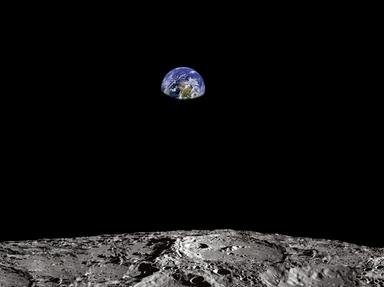Quiz Answer Key and Fun Facts
1. The Voskhod (Sunrise) spacecraft were a development from which of these programmes?
2. The first manned mission in the programme was Voskhod 1 which was launched on Oct 12, 1964. How many crew were on board?
3. The crew of Voskhod 1 were forced to fly without spacesuits as a direct consequence of its development from a spacecraft which had been designed for one occupant.
4. After successfully re-entering the earth's atmosphere the Voskhod 1 crew followed standard procedure by ejecting from the capsule and parachuting to earth.
5. On the day that the Voskhod mission was taking place which of these events was to have a profound influence of the future direction of the Soviet manned space effort?
6. In March 1965 during the Voskhod 2 mission another one of the programme's objectives was achieved when ___________ became the first person to walk in space.
7. There was restricted space in the Voskhod capsule, so designers and engineers were forced to build a special inflatable airlock attached to the side hatch to enable a cosmonaut to exit the craft for a spacewalk.
8. The first spacewalk nearly ended in tragedy because of which of these events?
9. Further difficulties were encountered during the Voskhod 2 mission when the automatic re-entry system failed after a day long flight and 16 orbits.
10. After the apparent success of the first two Voskhod missions the Soviet's luck finally ran out when cosmonaut Vladimir Komorov was killed when the parachutes failed on Voskhod 3 and the re-entry capsule crashed to the ground.
Source: Author
mstanaway
This quiz was reviewed by FunTrivia editor
bloomsby before going online.
Any errors found in FunTrivia content are routinely corrected through our feedback system.

